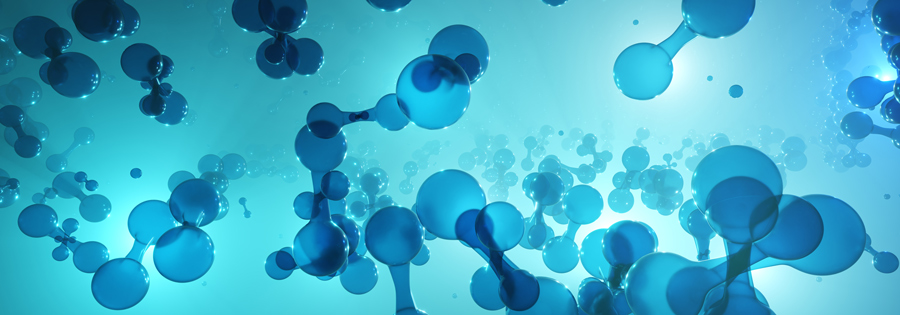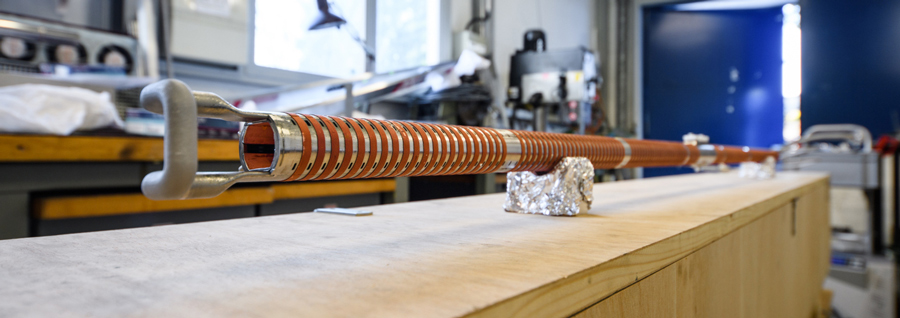Tag: CERN
The cold, dark secrets of the Universe in few-body physics

Understanding fundamental processes in physics, particularly physics beyond the Standard Model, is no easy task. Experiments and theories looking for new general theories to describe many of the phenomena that are missing in the Standard Model focus on particle physics experiments at places like CERN. Professor Jesús Pérez Ríos of the atomic, molecular, and optical (AMO) physics group at Stony […]
Read More… from The cold, dark secrets of the Universe in few-body physics
What can Occam’s razor principle tell us about theories of dark matter?

Today, physicists have devised dozens of theories to explain the nature of dark matter. So far, however, not one of them has gained concrete proof through experiments. To narrow these theories down, Professor Eugene Oks at Auburn University, USA, advocates applying an important philosophical concept, which is often used when considering complex problems with many candidate solutions. Using Occam’s razor, […]
Read More… from What can Occam’s razor principle tell us about theories of dark matter?
The Future Circular Collider: Its potential and lessons learnt from the LEP and LHC experiments

As researchers seek to learn more about the fundamental nature of our universe, new generations of particle accelerators are now in development in which beams of particles collide ever more precisely and at ever higher energies. Professor Stephen Myers, former Director of Accelerators & Technology at CERN and currently Executive Chair of ADAM SA, identifies both the positive and negative […]